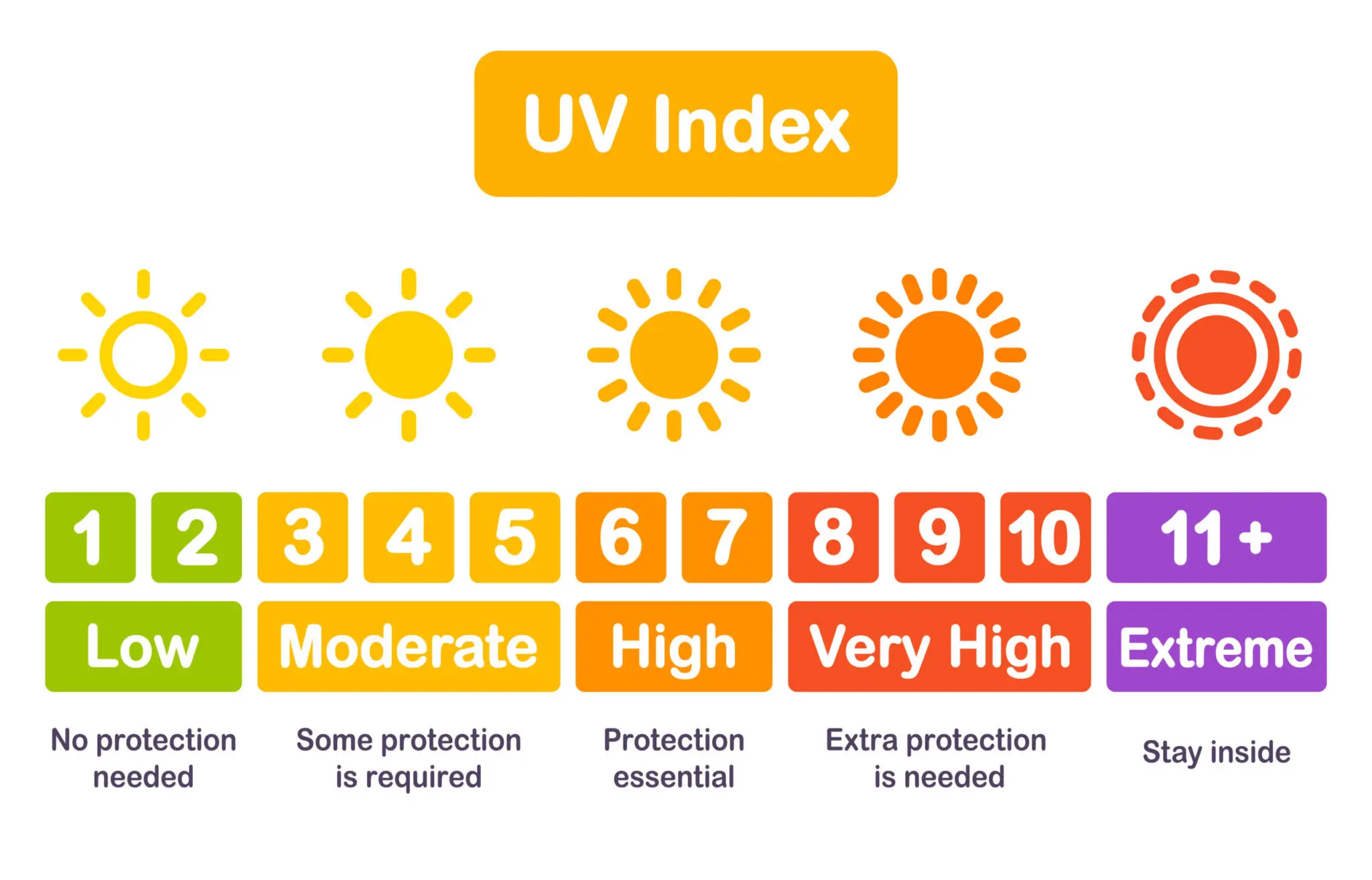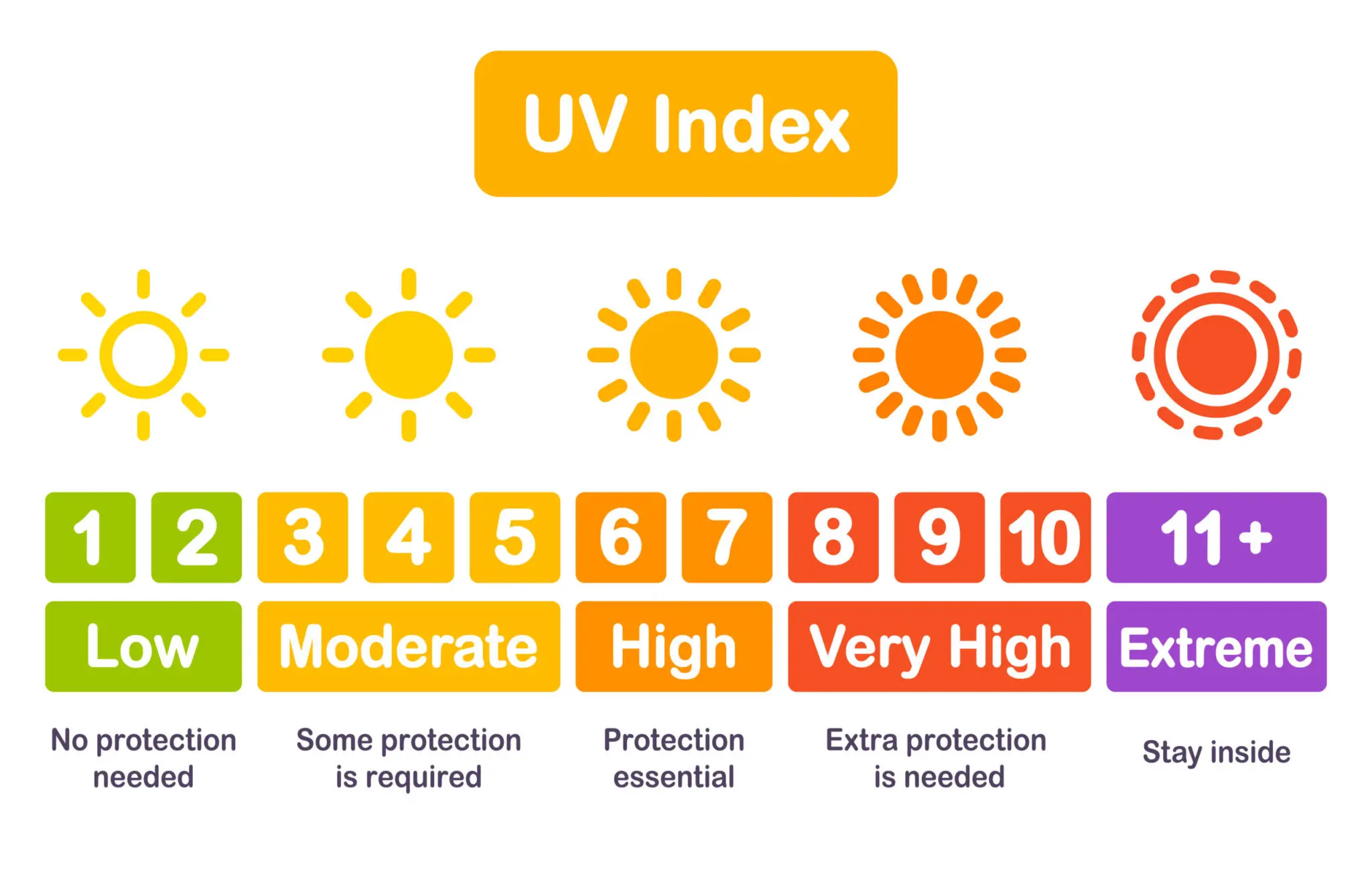With the summer months upon us, now is the time to get your tan on. But what is the best UV for tanning? It’s important to get the right amount of UV exposure to get the perfect tan. In this article, we’ll look at what the best UV for tanning is and some tips for how to tan safely and effectively.
It is important to note that tanning beds with higher UV levels may be more expensive and are not necessarily the best option for tanning. Tanning beds with higher UV levels can be very dangerous and can cause severe damage to your skin. In addition, tanning beds with higher UV levels are more likely to cause sunburns.

Contents
What Is the Best UV for Tanning?
Tanning is the process of exposing the skin to ultraviolet (UV) radiation in order to produce a tan. There are two main types of UV radiation that are used for tanning: UVA and UVB. UVA radiation is longer in wavelength and penetrates deeper into the skin, while UVB radiation is shorter in wavelength and does not penetrate as deeply. Both UVA and UVB radiation are necessary for tanning, but the optimal ratio of UVA to UVB radiation for tanning is not known.
UVA radiation is the main source of tanning and is responsible for the darkening of the skin. It is also the main source of sun damage, such as wrinkles and age spots, due to its ability to penetrate deeper into the skin. While UVA radiation is necessary for tanning, too much of it can be dangerous. Therefore, it is important to limit exposure to UVA radiation when tanning.
UVB radiation is the main source of vitamin D production in the body, and it is also necessary for tanning. However, too much UVB radiation can cause sunburn, which can increase the risk of skin cancer. Therefore, it is important to limit exposure to UVB radiation when tanning.
UVA and UVB Tanning Beds
Tanning beds emit both UVA and UVB radiation, and the optimal ratio of UVA to UVB radiation for tanning is not known. Therefore, it is important to use a tanning bed with adjustable UVA and UVB levels so that you can adjust the ratio to meet your skin type and tanning goals.
When using a tanning bed, it is important to use the lowest UVA and UVB levels that will produce the desired results. This will help to minimize the risk of sun damage and skin cancer. Additionally, it is important to limit the time spent in the tanning bed to no more than 15 minutes per session.
The Benefits of Sunless Tanning
Sunless tanning is a safe and effective way to achieve a tan without the risks associated with UV radiation. Sunless tanning products contain dihydroxyacetone (DHA), a sugar-based compound that reacts with the amino acids in the outer layers of the skin to produce a tan.
Sunless tanning products are available in a variety of forms, such as sprays, lotions, and gels. Sunless tanning products are easy to use and can be applied at home. Additionally, sunless tanning products do not contain any dangerous UV radiation, so they are a safe and effective option for people who want to achieve a tan without the risks associated with UV radiation.
The Risks of Tanning
Tanning, whether it is from the sun or from a tanning bed, increases the risk of skin cancer. Additionally, too much exposure to UV radiation can cause sunburn, wrinkles, and age spots. Therefore, it is important to limit exposure to UV radiation when tanning in order to minimize the risks.
It is also important to use sun protection when tanning, such as a sunscreen with an SPF of 15 or higher. Sunscreen should be applied generously and reapplied every two hours or after swimming or sweating. Additionally, it is important to limit the time spent in the sun and to wear protective clothing, such as a hat and sunglasses.
Conclusion
In conclusion, the best UV for tanning is not known, but it is important to use a tanning bed with adjustable UVA and UVB levels in order to achieve the desired results. Additionally, sunless tanning is a safe and effective option for people who want to achieve a tan without the risks associated with UV radiation. Finally, it is important to limit exposure to UV radiation and to use sun protection in order to minimize the risks associated with tanning.
Related Faq
What is the Best UV for Tanning?
Answer: The best UV for tanning is Ultraviolet (UV) radiation in the UVA range (315-400 nm). UVA can penetrate deeper into the skin and is responsible for the darkening of the skin pigment, melanin. It is important to note that UVA can also cause premature aging, so it is important to use protection when tanning.
What are the Benefits of Tanning?
Answer: Tanning can have many health benefits, including protection from UV-induced skin damage, vitamin D production, and improved mood. Vitamin D is an essential vitamin that helps with calcium absorption, bone health, and overall health. Tanning can also provide a sense of wellbeing, relaxation, and improved self-image.
What Types of Tanning are Available?
Answer: There are three main types of tanning available: natural tanning, sunless tanning, and indoor tanning. Natural tanning is the most popular and involves exposing the skin to the sun for a period of time, allowing UV radiation to darken the skin. Sunless tanning is a method of tanning that involves applying a product to the skin that darkens the skin without the need for sun exposure. Indoor tanning involves using artificial UV light in a tanning bed or booth.
What are the Risks of Tanning?
Answer: Tanning carries some risks, including increased risk of skin cancer, premature aging, and damage to the eyes from UV exposure. Tanning can also cause dehydration, dizziness, and nausea. Long-term exposure to the sun can also cause sunburn and sun poisoning.
How Often Should Tanning Be Done?
Answer: Tanning should be done in moderation and in accordance with guidelines, such as the American Academy of Dermatology’s recommendations, which suggest limiting indoor tanning sessions to no more than 3 times per year. Tanning should also be avoided when the UV index is high, and sunscreen should be used when tanning outdoors.
What is the Difference Between UVA and UVB Rays?
Answer: UVA rays penetrate the skin more deeply, making them responsible for tanning. UVB rays are more superficial and are the primary cause of sunburns. Both UVA and UVB rays can cause skin damage and increase the risk of skin cancer. It is important to use sunscreen that protects against both UVA and UVB rays.
What is the best UV index for tanning?
In conclusion, it is essential to know the right UV rays for tanning in order to achieve the best results. The best UV for tanning is UVB rays, as they are the ones responsible for the production of melanin, the pigment that gives your skin its tan colour. Moreover, it is also important to note that too much exposure to UV rays can cause serious skin damage, so it is essential to use sunscreen and other protective measures when tanning. With the right knowledge and precautions, you can enjoy a beautiful, safe and healthy tan.








